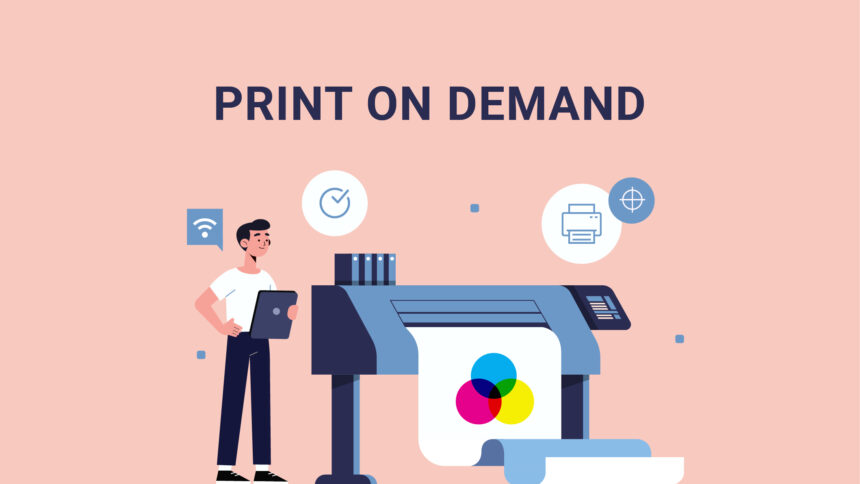In this era, businesses are increasingly embracing the convenience and cost efficiency of print on demand services. This contemporary method allows companies to cut down on inventory expenses while still catering to customer demand for goods. However, there are aspects to consider when integrating print on demand into a business strategy. This article explores how print on demand impacts a business’s finances and its influence on brand perception.
1. Grasping Print on Demand
Print on demand is a printing concept that enables businesses to fulfill orders for products only when customers request them. Unlike printing approaches that involve upfront investments in inventory and storage space, print on demand allows companies to manufacture items as needed. Many countries have adopted print on demand for streamlined production processes. For instance, print on demand Canada has been making strides in providing customers with top-notch quality products for decades now.
2. Lowering Operating Costs
A significant financial benefit of choosing print on demand is the reduction in costs linked to inventory management. With printing methods, businesses often contend with the risk of inadequate product stock levels, leading to wasted resources or missed sales opportunities. By utilizing a print on demand strategy, companies can steer clear of these situations by manufacturing goods upon receiving customer orders.
3. Mitigating Production Risks
Investing upfront capital to produce large quantities can pose financial risks for businesses or startups operating with resources. Print on demand resolves this issue by offering a low-risk solution. Without the necessity for production, funds can be strategically allocated to business areas like marketing or product development.
4. Improving Efficiency
Another financial benefit of implementing print on demand is increased operational efficiency. As customer orders come in, prints are seamlessly produced without delays, reducing fulfillment time and enabling delivery to customers’ homes. Simplifying this process results in improved customer satisfaction and promotes repeat business.
5. Personalization Opportunities
Print on demand services frequently provide customization choices that empower businesses to craft personalized products for their clientele. This can significantly impact brand identity by allowing businesses to align merchandise offerings with their values and aesthetics. By associating their brand with quality, items companies can set themselves apart from rivals, attract new customers and potentially justify higher prices for these specialized products.
6. Tracking and Analysis
One of the benefits of print on demand is the ability to track data and integrate analytics. These tools offer real-time insights into customer behaviour, product trends, peak sales periods and geographic demand patterns. With this information at hand, businesses can make informed decisions to enhance their marketing strategies, minimize unnecessary expenses and quickly adapt to changing consumer preferences.
7. Maintaining Brand Consistency
Consistency in brand image across all touchpoints is essential for the success of a business. Print on demand allows for updates and revisions in printing designs as necessary, giving businesses control over their brand materials. This capability ensures that branding stays in line with evolving market trends or shifts in the organization’s vision.
8. Advocating for Sustainability
In addition to the above factors, sustainability now plays a crucial role in consumers purchasing choices. Print on demand models inherently promote responsibility by reducing waste through on-demand production. Alongside the advantages provided by print on demand services, there is a potential draw for customers who prioritize sustainability when eco-friendly production options are given.
9. Enhancing Market Responsiveness and Innovation
Print on demand (POD) significantly enhances a business’s ability to respond to market trends and consumer demands swiftly. This model allows companies to test new designs or products without the financial risk associated with traditional inventory methods. Businesses can introduce products to the market in a matter of days, responding to current events, trends, or customer feedback with unparalleled speed. This agility fosters an environment of innovation, encouraging businesses to experiment with creative ideas and unique products that can set them apart in a crowded marketplace.
Conclusion
Embracing a print on demand approach can have an impact on a company’s well-being while positively enhancing its brand image. By cutting down on the costs related to inventory management and providing options for customization and eco-production methods without sacrificing efficiency or brand integrity, businesses can achieve greater profitability while attracting an expanding group of socially conscious customers.
By utilizing print on demand services as part of a crafted business strategy tailored to meet customer needs and current market trends, companies are positioned for sustained financial growth and the strengthening of their brand reputation.






